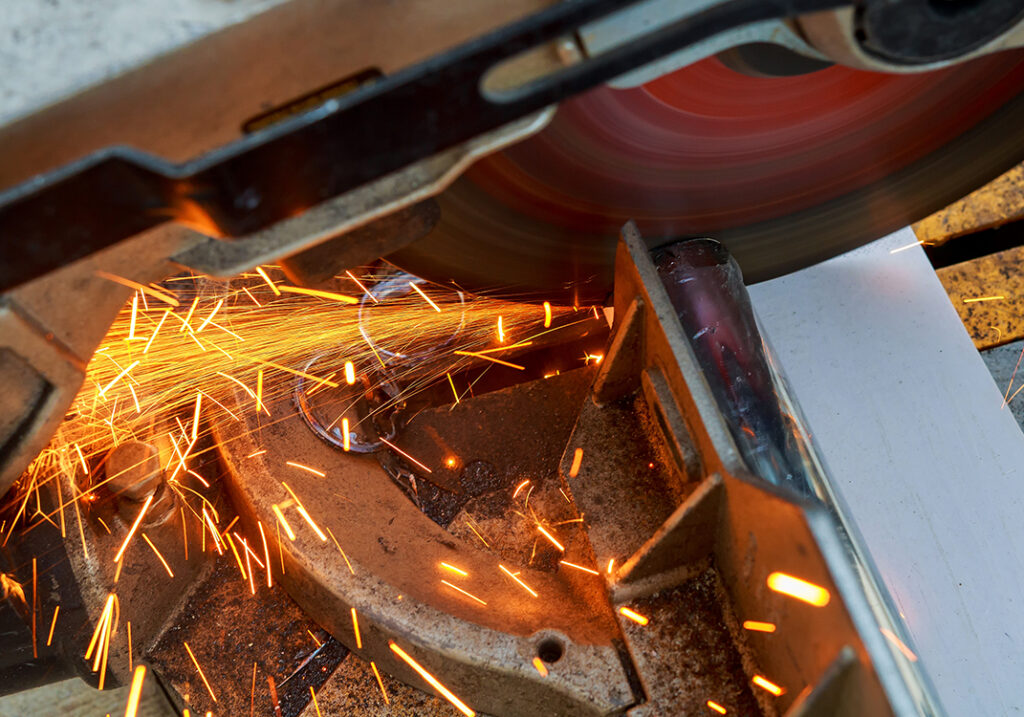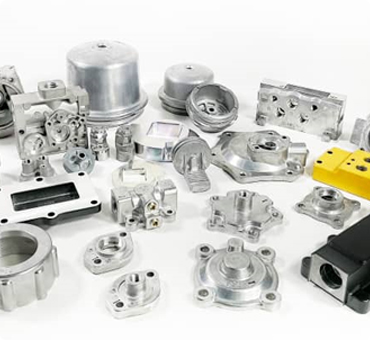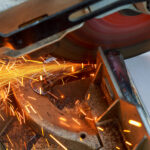When it comes to manufacturing in which precision and efficacy is paramount and efficiency is paramount, die casting has emerged as an essential method. This technique, which dates from the 19th century, is now evolving into an advanced technique that is used across a range of sectors. In its essence, die casting is the process of injecting the molten metal in precisely designed molds using the pressure of a high. The result is intricately precisely crafted parts that are dimensionally accurate. precision and excellent surface finishing. It is time to explore more about this intriguing process to discover the significance of it in today’s manufacturing.
Die casting begins with the designing and production of the molds. These are usually made from the hardened steel. These molds, which are referred to as the die, have been created using the highest level of precision in order to recreate the exact geometry and shape of the final product. It doesn’t matter if it’s automotive parts, aerospace components, and consumer electronic components, the flexibility of die casting permits the creation of a broad variety of intricate designs and dimensions. Their meticulous design of molds assures consistency and reproducibility throughout the process of manufacturing, essential to ensure the quality of products as well as meeting the strict standards of industry.
One of the major benefits that die casting has is its capacity to create parts that have exceptional precision in dimensionality and finish. High-pressure injection of molten steel into the mold cavity guarantees that the smallest and most precise parts are accurately reproduced. This degree of accuracy is especially important in fields like aerospace and automotive that require components to adhere to high tolerances and stringent requirements for performance. In addition, parts made of die-cast usually require little post-processing which reduces the requirement for additional processes and reducing the timetable.

One of the most distinctive features for die-casting is the effectiveness and economics, specifically when it comes to production runs with high volumes. Die casting’s rapid cycle times by die casting permit manufacturing in large quantities of parts for a reasonable cost per unit. Additionally, the durability of dies, along with their capability to stand up to many thousands of cycles, can contribute to a reduction in overall costs over the life of a project. Die casting is an appealing option for those who want to increase efficiency of production without sacrificing the quality. For more information please visit here Senadiecasting
The recent technological advances in die casting has further enhanced its capabilities and uses. In the introduction of novel material, like magnesium and aluminum alloys have improved the efficiency and adaptability of parts made by die casting. They are lightweight and offer superior weight-to-weight ratios, strength to weight ratios, the ability to resist corrosion and also thermal conductivity. This makes them suitable for a variety of different applications. Furthermore, advances in process design, die monitoring and automation has improved efficiency, decreased production waste and lowered the impact on the environment.
Although die casting has many advantages, it’s not without challenges. Its high cost of tooling for creating molds could be too costly for many manufacturers, specifically manufacturers who are undertaking production runs of a smaller scale. In addition, the method may not be appropriate for certain geometries or materials that require the most flexibility or modification. But, research and development continues to tackle these challenges and drive the development of die casting into an efficient manufacturing method.


